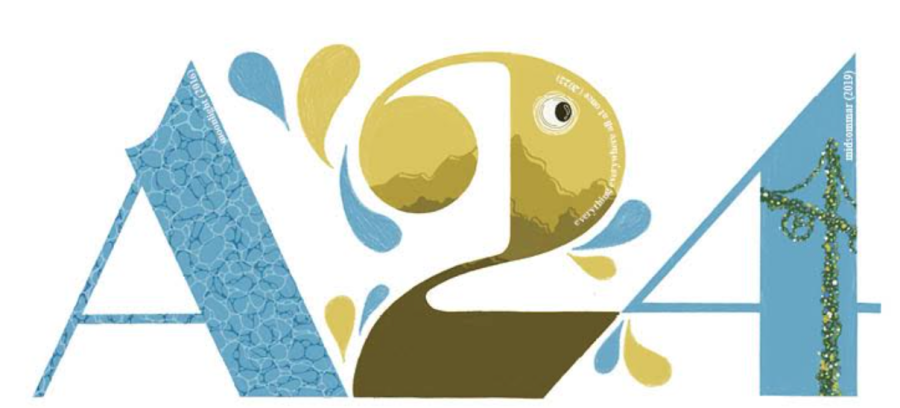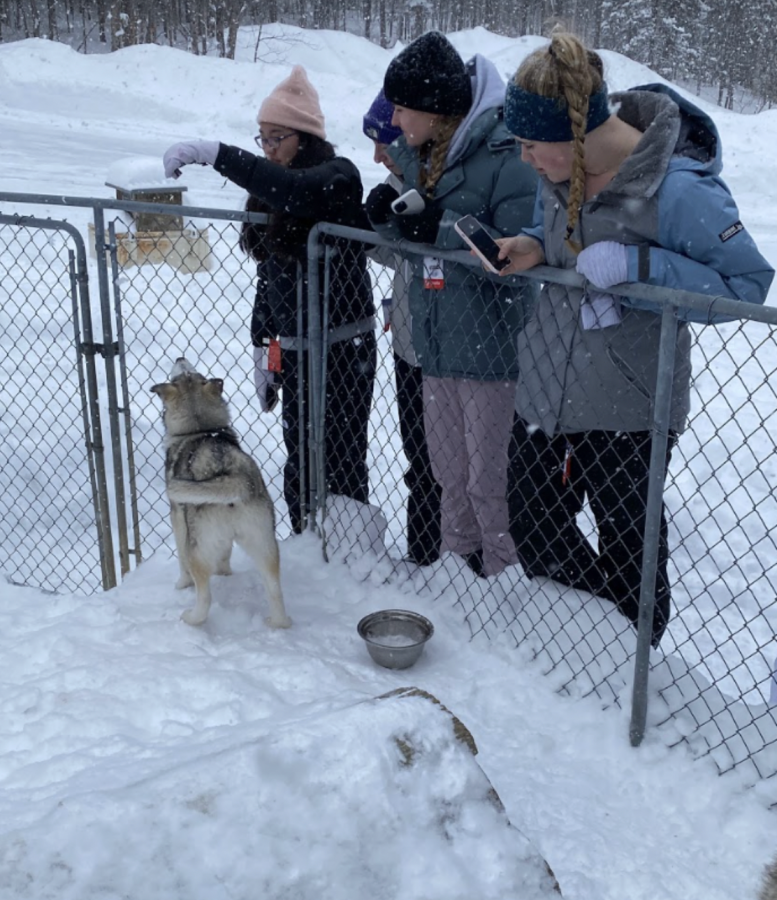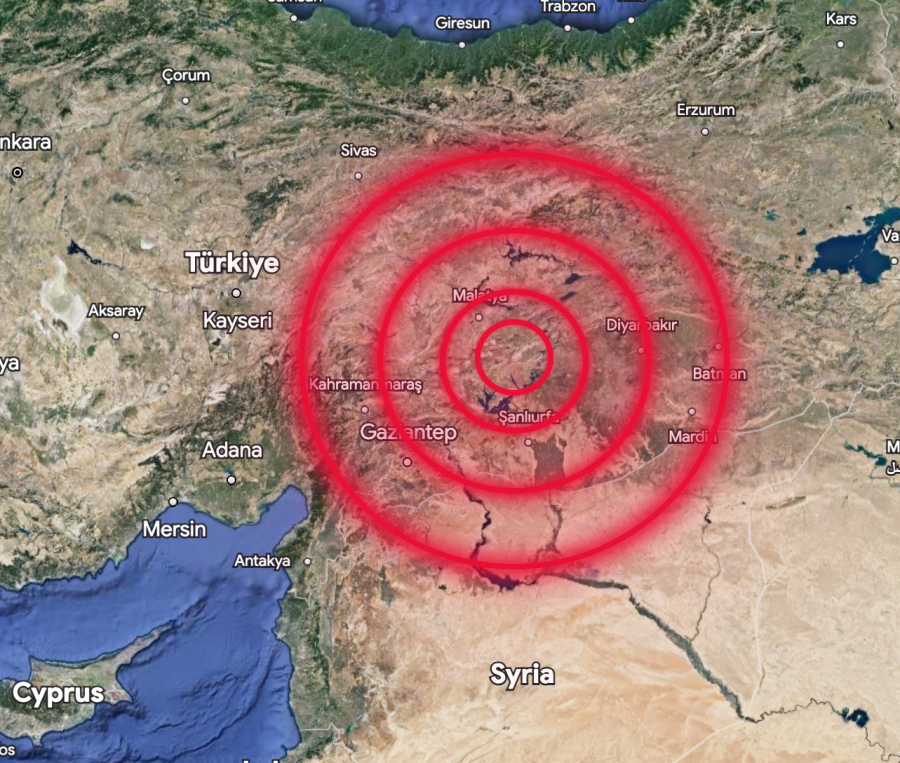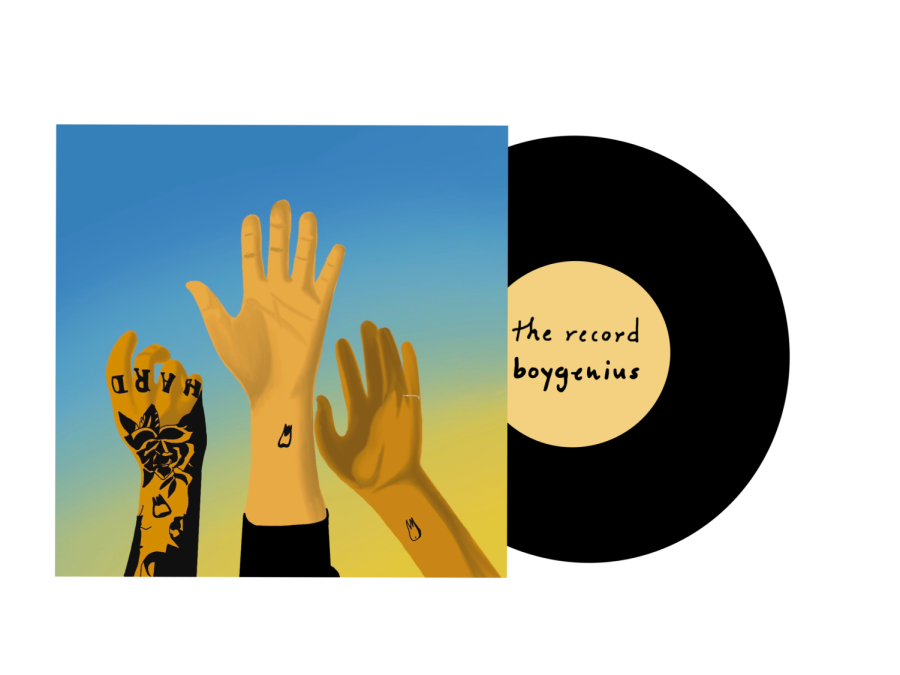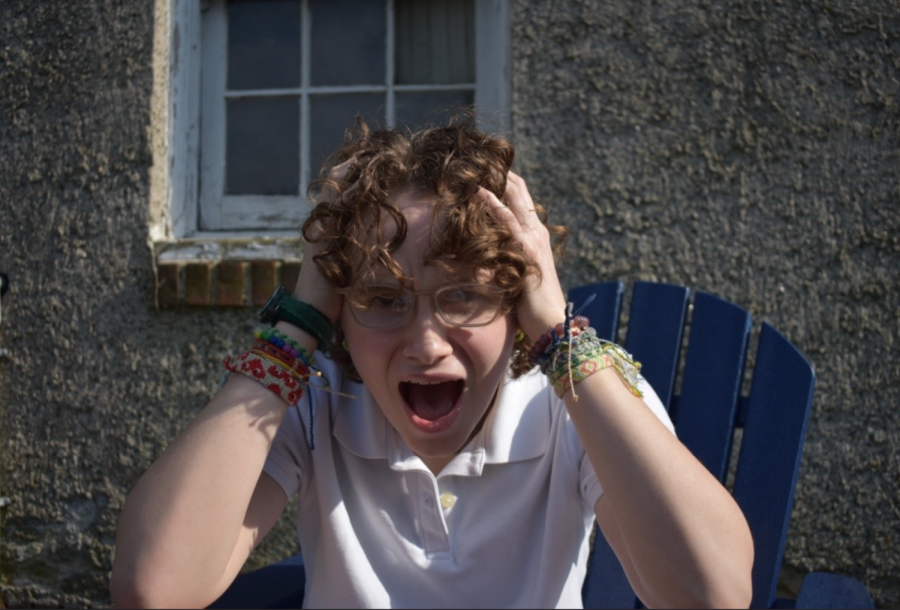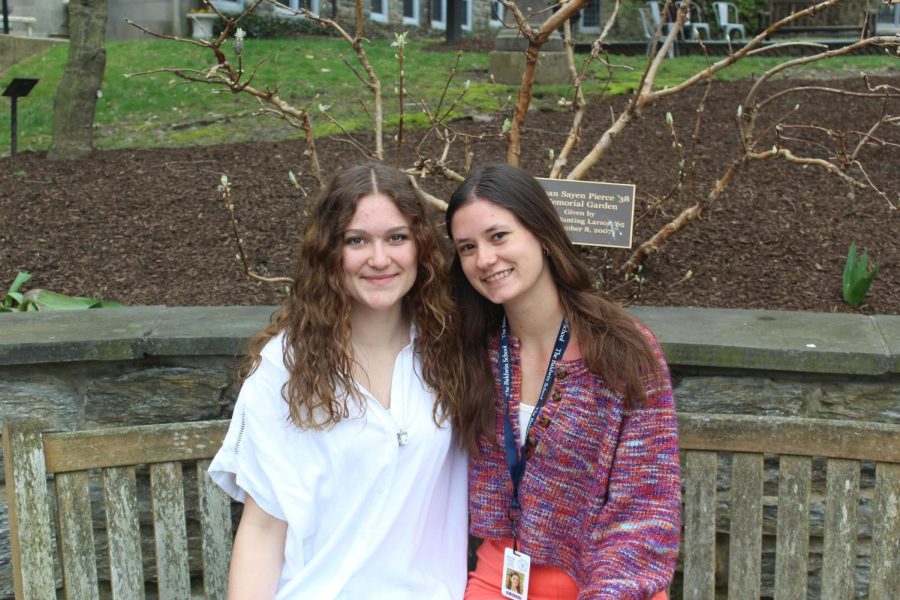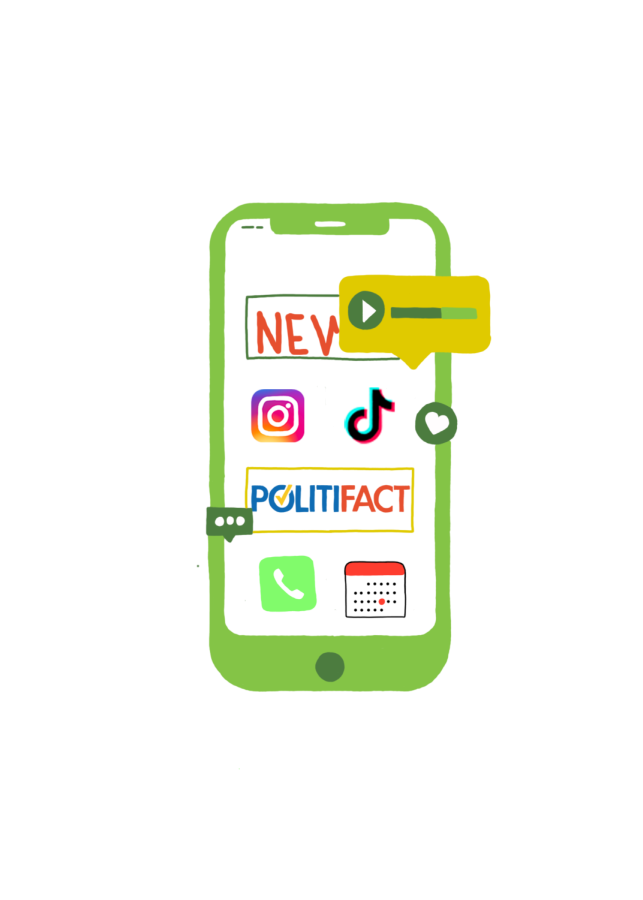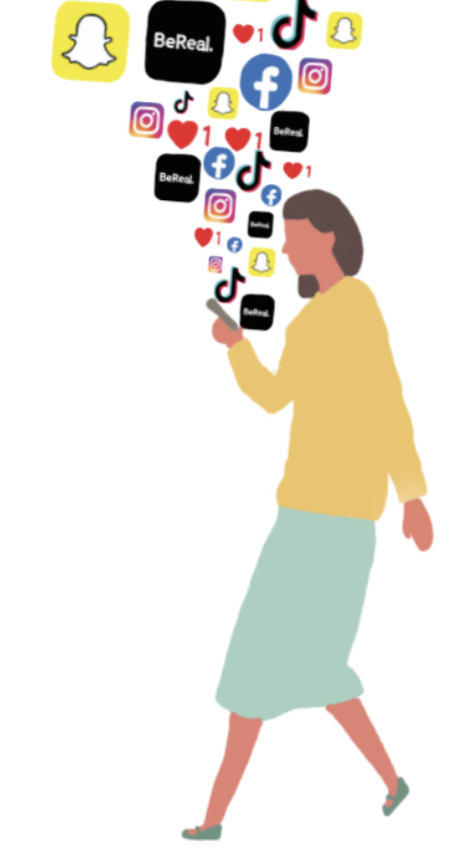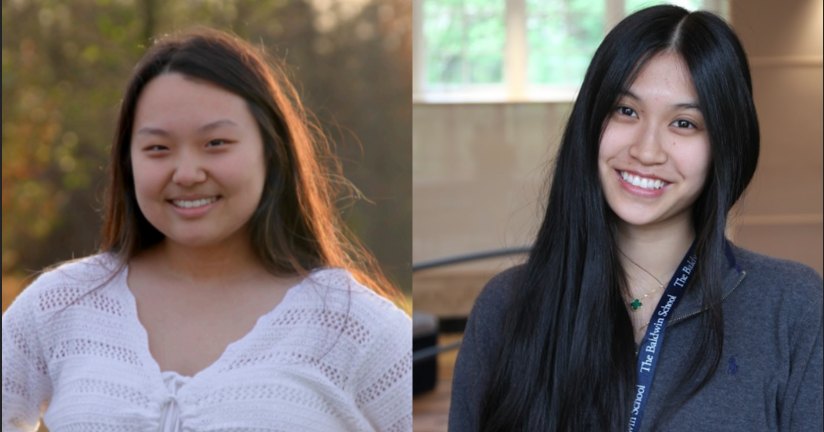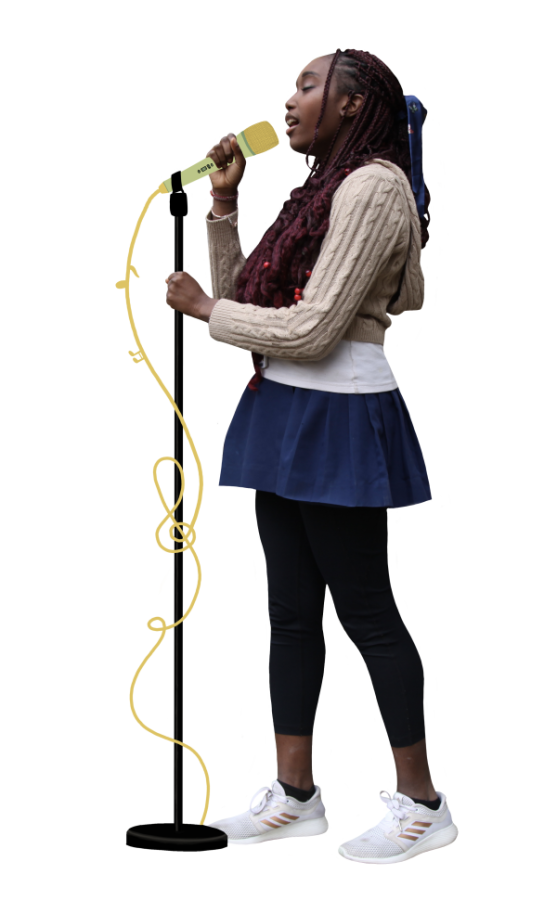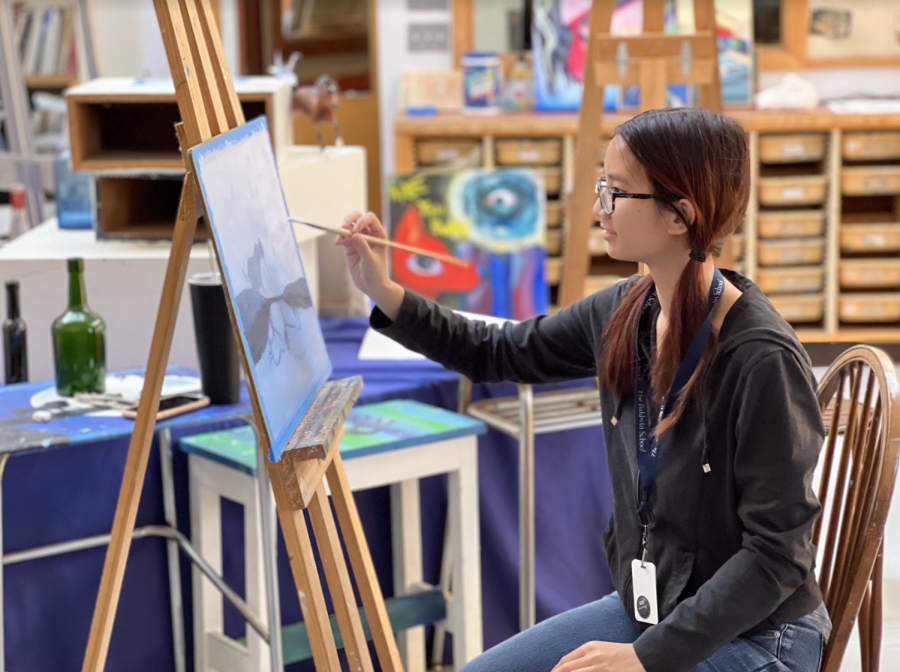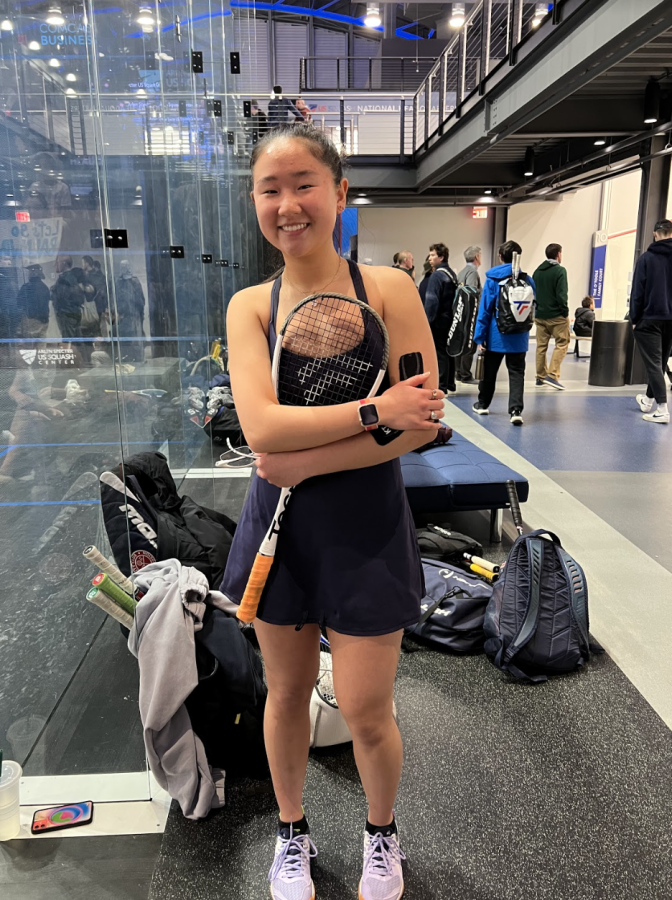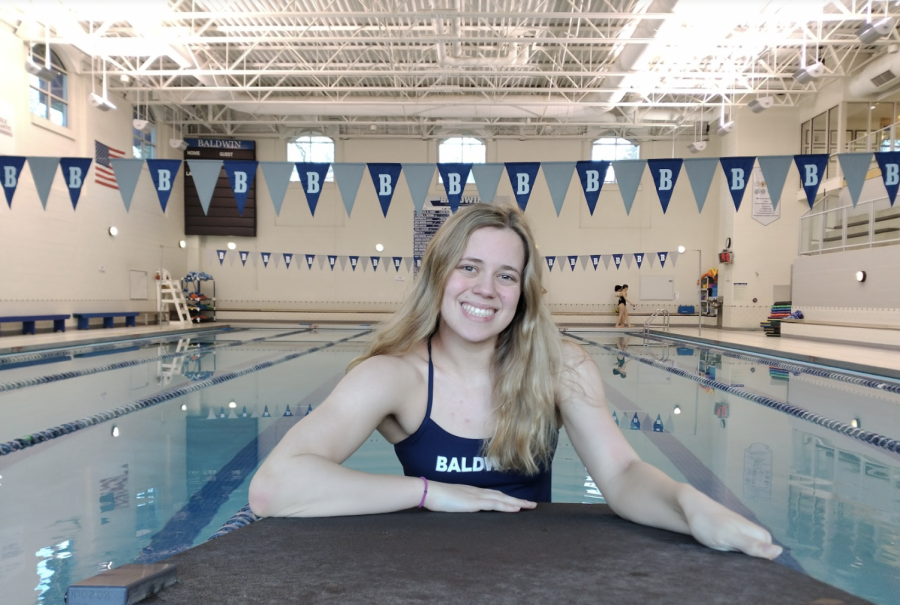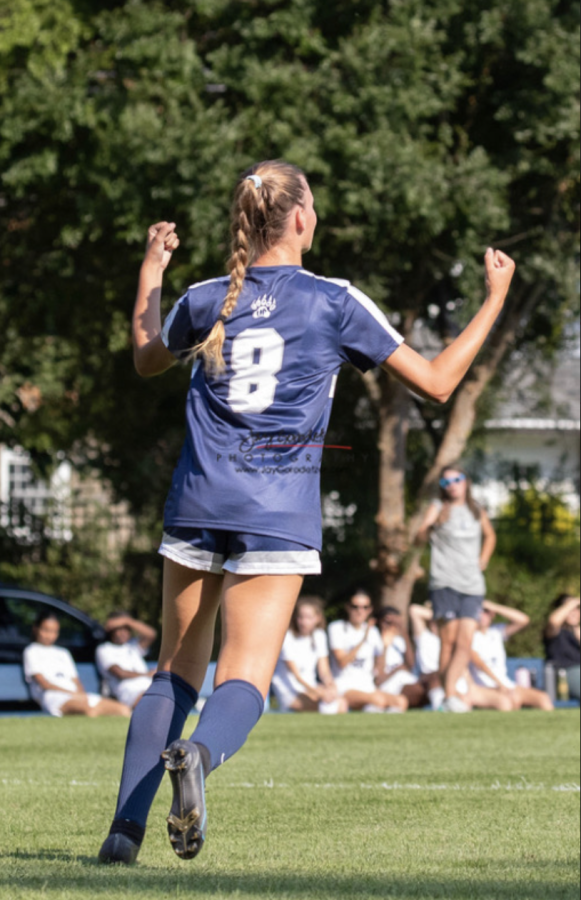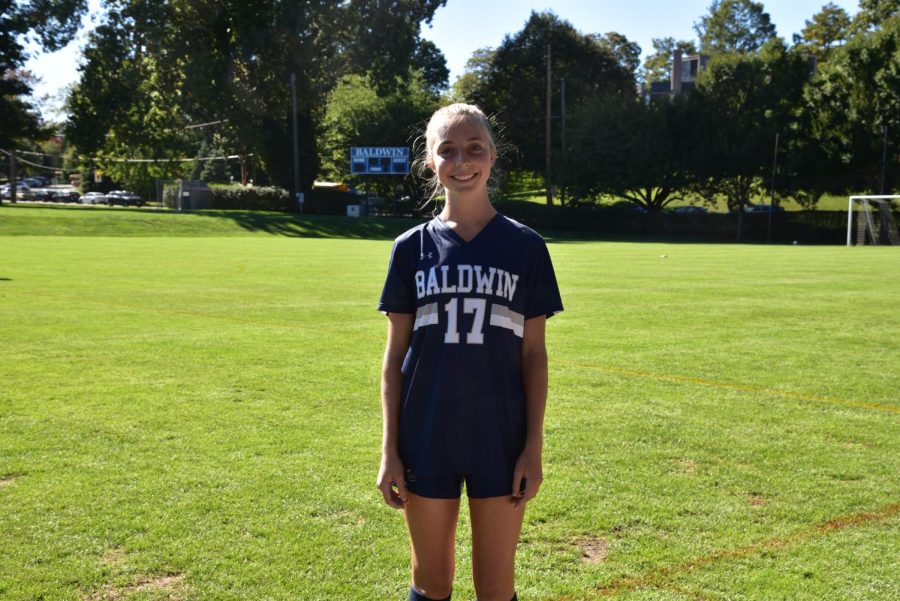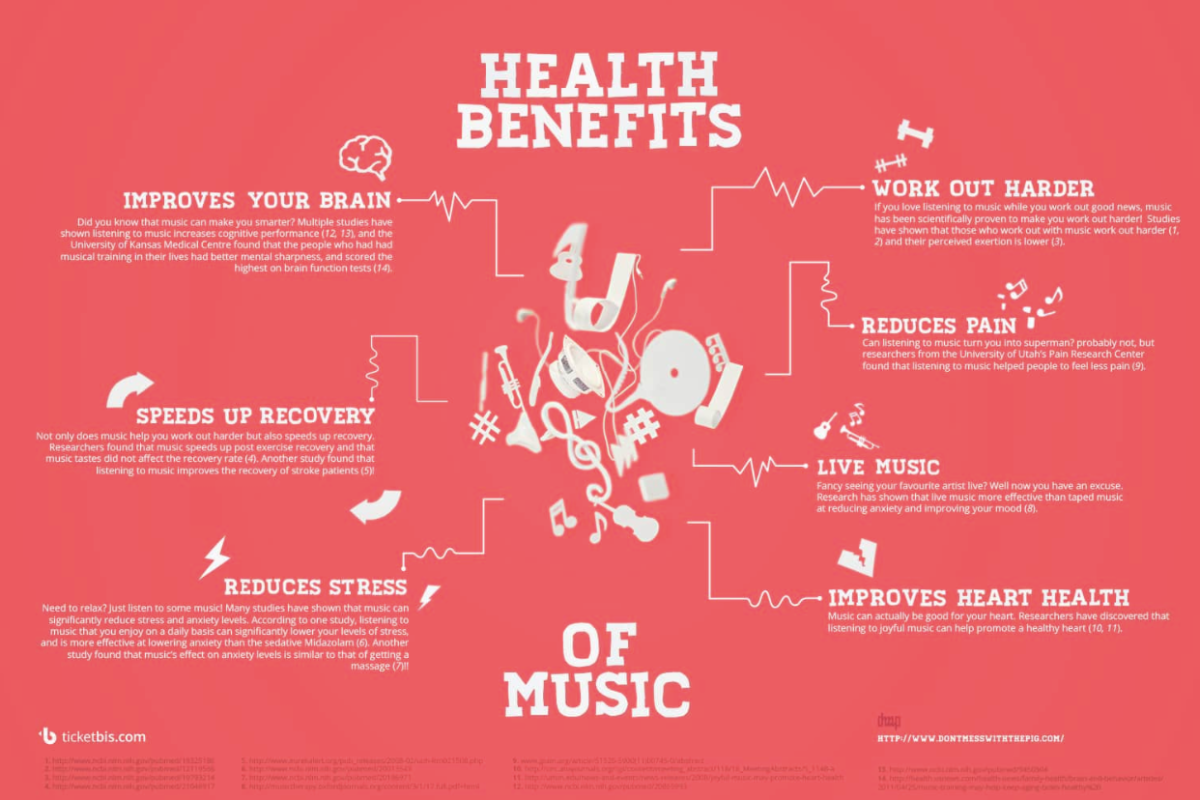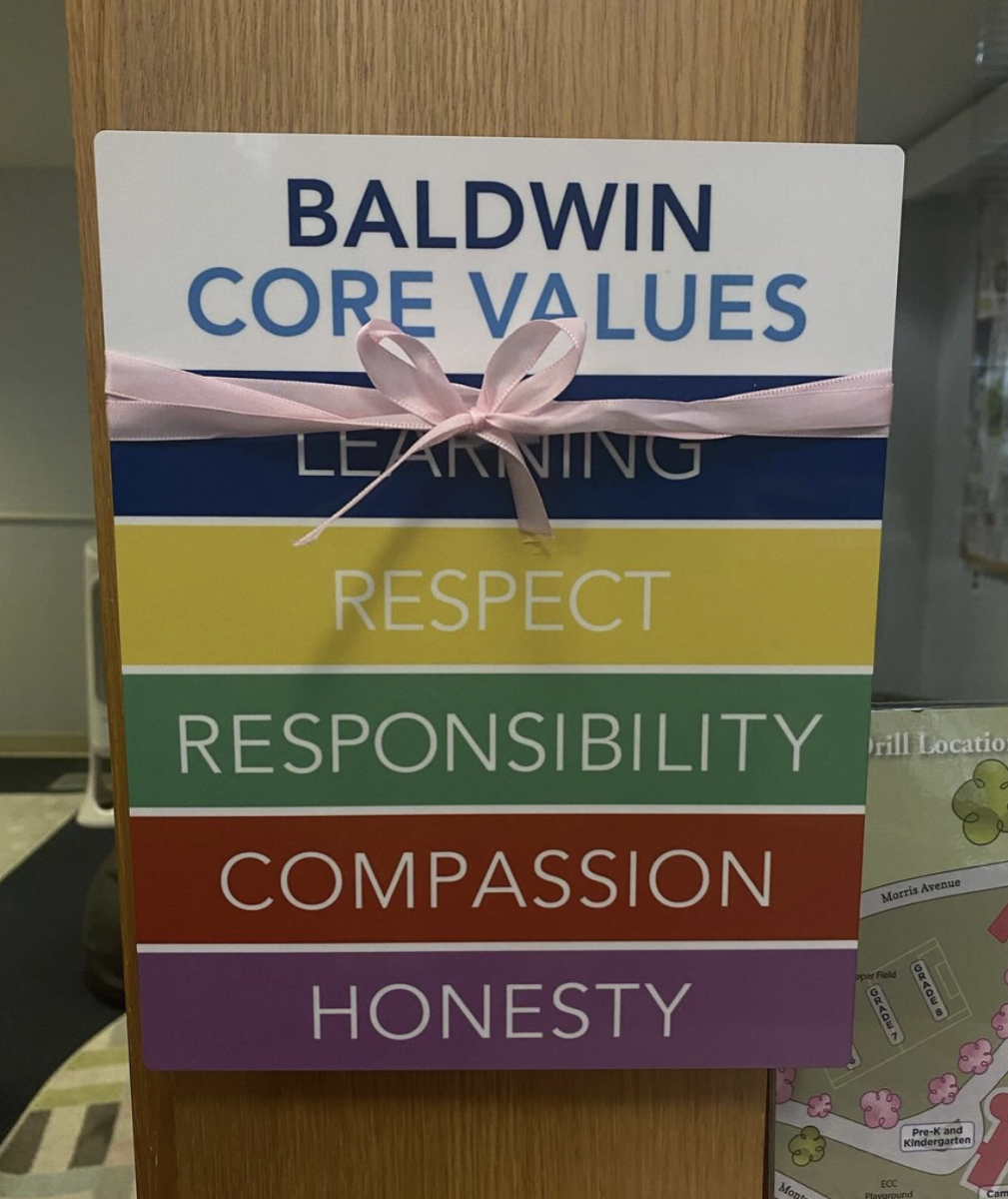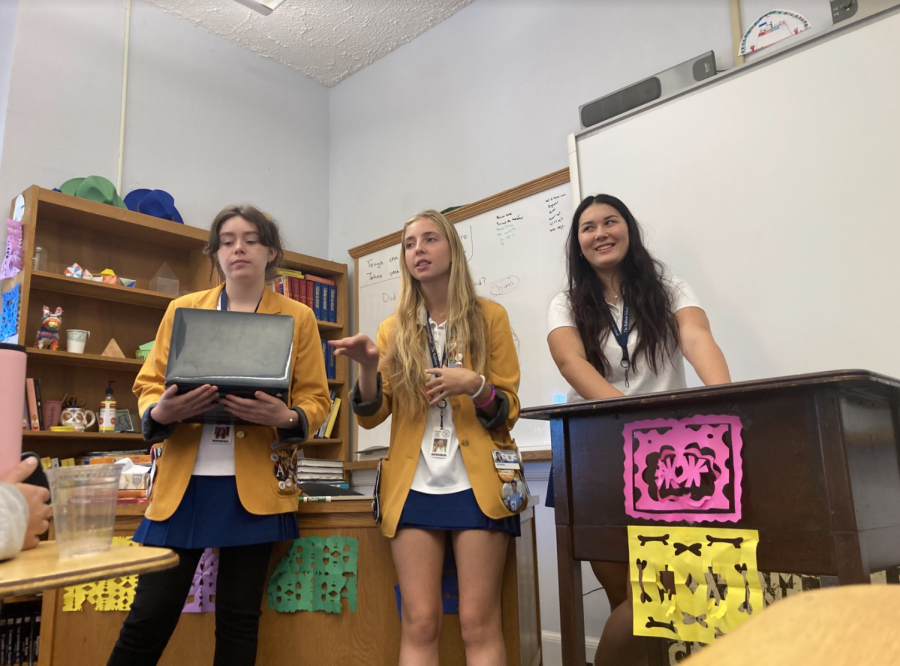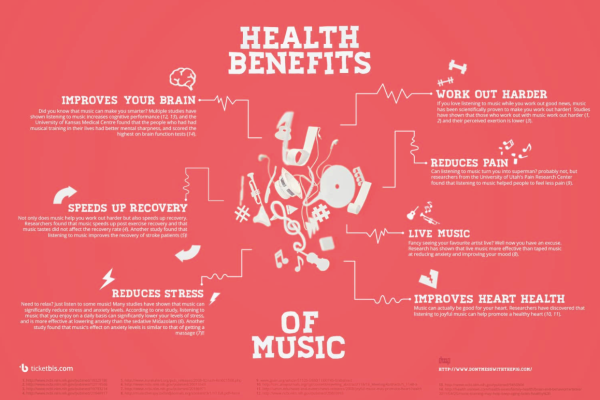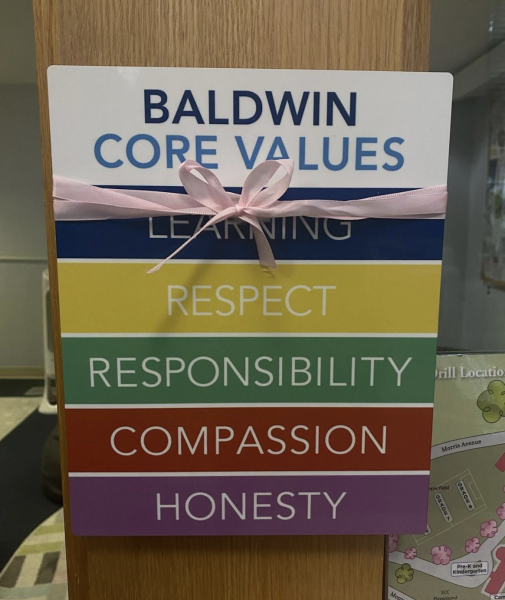Where Service Meets the Classroom
An insightful interview with Ms. Malloy, Baldwin’s Head of Service
Design by Cathy Wang '23 and Nicoly De Vasconcelos '24
KIVA Heads at Baldwin
Baldwin students often get caught up in piles of homework, hours of athletic practice, and time-consuming club projects. But should we be taking more time to step back and appreciate our community in order to properly “give back?”
What does “service” mean to Baldwin students? With such a heavy emphasis on other activities, how can our school also facilitate strong community outreach? To answer these questions, I had the opportunity to talk to Ms. Malloy, the Head of Service at Baldwin, and discuss our school’s work toward serving our community.
Ms. Malloy recommended that students play to their own strengths when personalizing their own contributions to the community. She highlighted the encouraging movement towards long-term commitments with service organizations, and the growing student awareness of and sensitivity around various issues. Lastly, she discussed potential areas of improvement and how Baldwin is working towards an ever better tradition of community service.
Q: “Why did you get involved with service at Baldwin?”
A: “When I came to Baldwin five years ago, I realized that the service component needed more structure and clearly-defined goals. Service is a student’s ability to incorporate their academic gifts and talents into something that is tangible and useful. An example can be a student who loves to bake, they can use that skill to share baked goods with organizations like Bethesda Project. A student who is good at math can use their gift to tutor children who are struggling with math.”
Q: “What is the best part about Baldwin’s service program, and how is service helping students grow?”
A: “Students are starting to make commitments and find ways to engage in sustainable long term projects. We are able to have conversations about being respectful of the communities and the people we serve. Students have also learned to use different terminology when describing folks who are experiencing poverty and the many layers that affect a person’s life.”
Q: “How can Baldwin students enhance their community engagement this year?”
A: “Our students have great potential to do more and to build stronger ties with our community partners. We need to focus on essential questions, like: Why is this important to us? Can we create sustainable connections? What is our level of commitment? When we can respond to these questions with strong answers, we are one step closer to creating a program that meets people where they are, and provides meaningful place-based service and engagement.”

